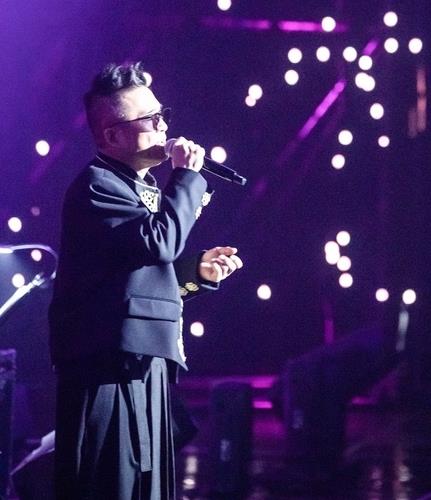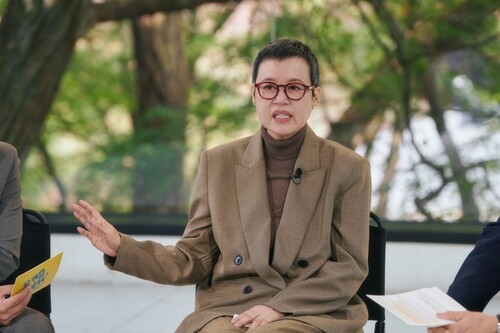(3rd LD) N Korea-artillery firing
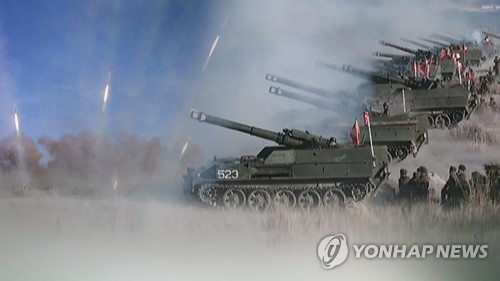 |
| ▲ This undated file image, provided by Yonhap News TV, shows North Korean military drills. (PHOTO NOT FOR SALE) (Yonhap) |
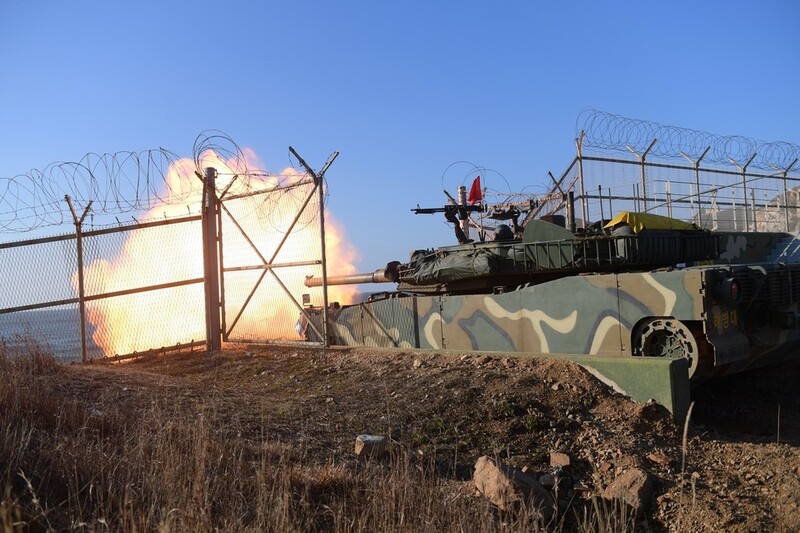 |
| ▲ A K1E1 tank fires a shell during live-fire drills on the northwestern border island of Baengnyeong on Jan. 5, 2024, in this photo provided by the defense ministry. (PHOTO NOT FOR SALE) (Yonhap) |
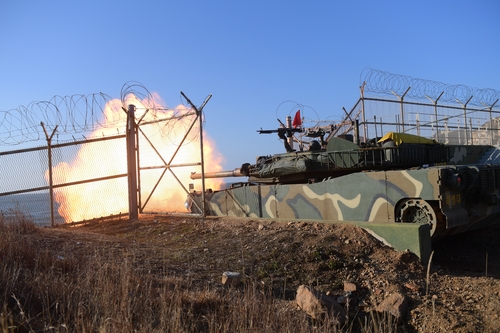 |
| ▲ A K1E1 tank fires a shell during live-fire drills on the northwestern border island of Baengnyeong on Jan. 5, 2024, in this photo provided by the defense ministry. (PHOTO NOT FOR SALE) (Yonhap) |
 |
| ▲ This undated file image, provided by Yonhap News TV, shows North Korean military drills. (PHOTO NOT FOR SALE) (Yonhap) |
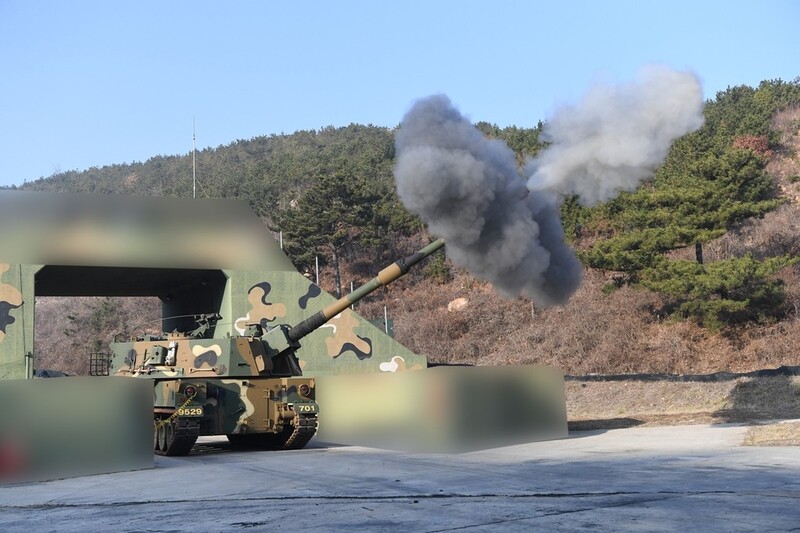 |
| ▲ A K9 self-propelled howitzer fires a shell during live-fire drills on the northwestern border island of Yeonpyeong on Jan. 5, 2024, in this photo provided by the defense ministry. (PHOTO NOT FOR SALE) (Yonhap) |
(3rd LD) N Korea-artillery firing
(3rd LD) N. Korea fires some 200 artillery shells off western coast: S. Korean military
(ATTN: ADDS more details in paras 2, 9-14, photos)
By Chae Yun-hwan
SEOUL, Jan. 5 (Yonhap) -- North Korea fired some 200 artillery shells into waters off its western coast Friday morning, Seoul's military said, in its latest saber-rattling after it scrapped a 2018 inter-Korean military accord in November.
The move prompted an emergency evacuation order for civilians on the South Korean western border islands of Yeonpyeong and Baengnyeong. Also in response, the South Korean military staged live-fire drills on the border islands.
The Joint Chiefs of Staff (JCS) said it detected the artillery firings from Jangsan Cape and Deungsan Cape, both in the North's southwestern coastal areas, from 9:00 a.m. to 11 a.m.
The shells splashed into the maritime buffer zone north of the Northern Limit Line (NLL), the de facto maritime border in the Yellow Sea. The buffer zone, where artillery firing and naval drills are banned, was set under an inter-Korean military accord signed on Sept. 19, 2018, to reduce border tensions.
The JCS said there was no reported damage to South Korean citizens and the military or losses of human life from North Korea's firing.
The South Korean military called the North's move a "provocative" act and warned of its corresponding measures.
"We gravely warn that the entire responsibility of such crisis-escalating situations lies with North Korea and strongly call for its immediate halt," JCS spokesperson Col. Lee Sung-jun said in a press conference.
"Under close coordination between South Korea and the United States, our military is tracking and monitoring related activity, and will conduct corresponding measures to North Korea's provocations."
In the afternoon, South Korean Marine Corps units on the islands of Baengnyeong and Yeonpyeong staged live-fire exercises, involving K9 self-propelled howitzers and other assets, like K1E1 tanks, against simulated targets in waters south of the NLL, according to defense officials.
The South fired some 400 rounds into the maritime buffer zone, double the amount fired by the North.
The South Korean military fired artillery shots into the buffer zone for the first time since the signing of the 2018 accord. North Korea's latest firing marked the 16th one of its kind, including a missile launch in 2022.
Pyongyang last fired artillery shots into the maritime buffer zone in the East Sea on Dec. 6, 2022.
Defense Minister Shin Won-sik presided over the South's drills virtually from the JCS' command post in central Seoul and called for readiness against "reckless provocative" acts by the North.
"Our military ... needs to be equipped with a retaliatory posture for complete annihilation so that the enemy never attempts another provocation and to ensure peace through powerful strength," he was quoted as saying.
Last November, North Korea unilaterally scrapped the 2018 accord after Seoul partially suspended the deal in protest of the North's successful launch of a military spy satellite.
The 2018 accord, signed under the previous liberal President Moon Jae-in, was designed to dial down military tensions, prevent accidental clashes and build mutual trust.
It included setting up maritime buffer zones, a land buffer zone banning artillery drills and regiment-level field maneuvers, as well as no-fly zones near the border to prevent accidental aircraft clashes.
North Korea's latest saber-rattling came after North Korean leader Kim Jong-un defined inter-Korean ties as relations "between two states hostile to each other" and called for stepped-up preparations to "suppress the whole territory of South Korea" at a year-end ruling party meeting.
South Korea's spy agency said last month that North Korea is highly likely to carry out military provocations or cyberattacks in early 2024 ahead of the South's parliamentary election in April and the U.S. presidential election in November.
(END)
<저작권자(c) 연합뉴스, 무단 전재-재배포, AI 학습 및 활용 금지>
(C) Yonhap News Agency. All Rights Reserved














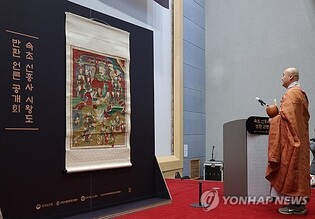


![[가요소식] 조항조, 새 싱글 '아버지란 그 이름' 발표](https://korean-vibe.com/news/data/20251116/yna1065624915927473_582.jpg)

